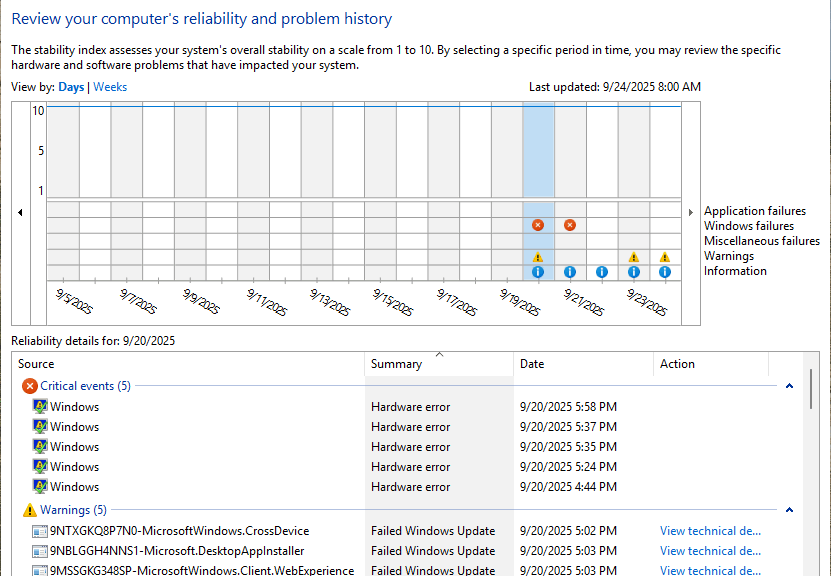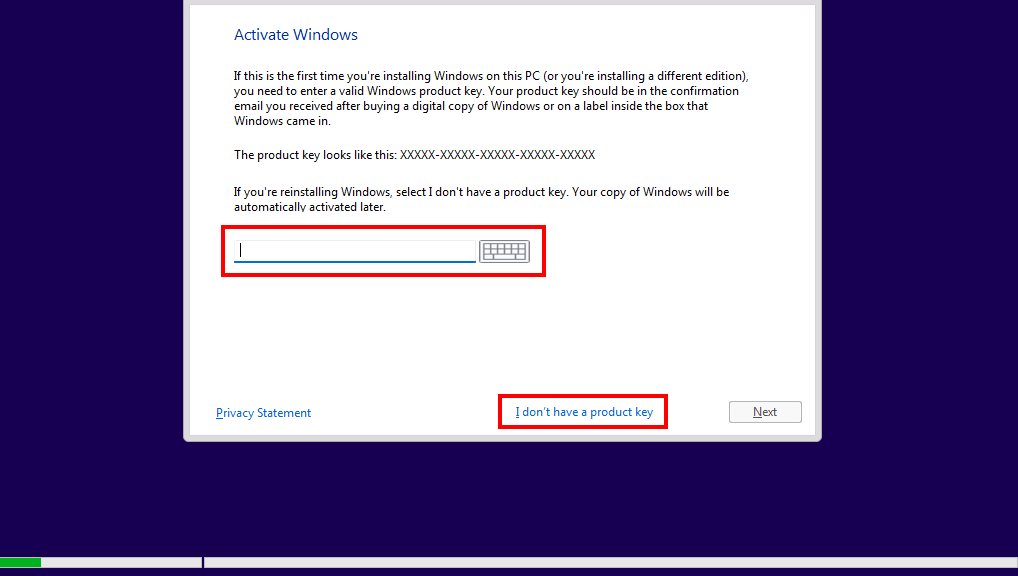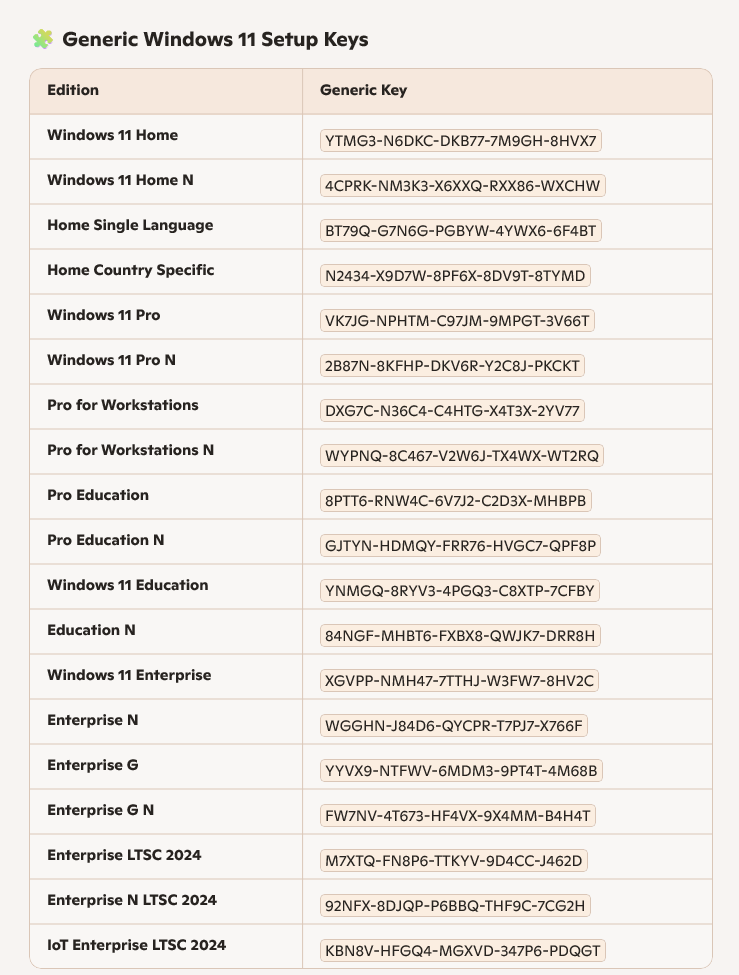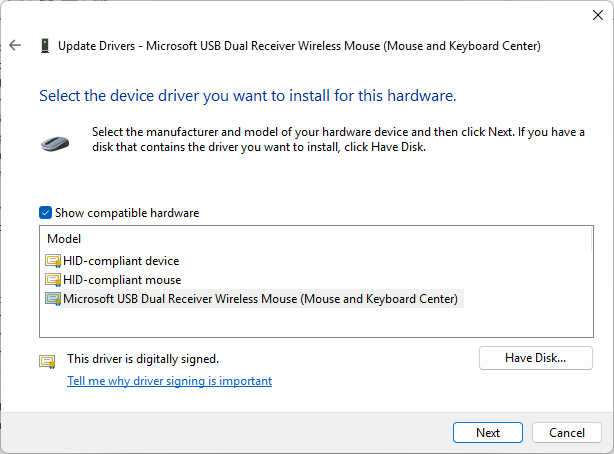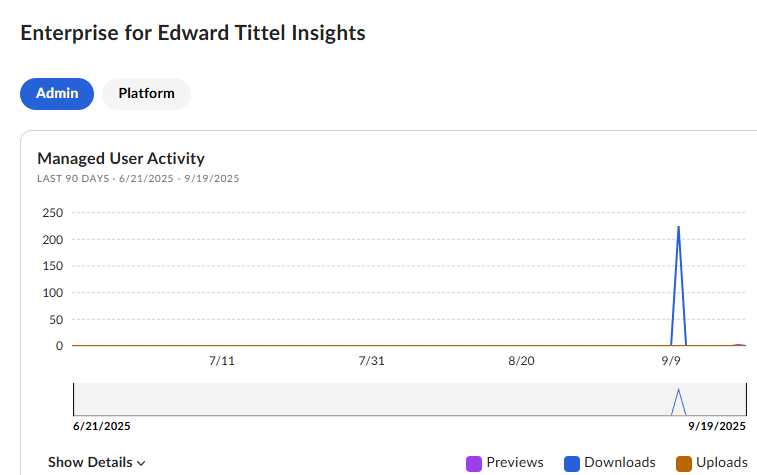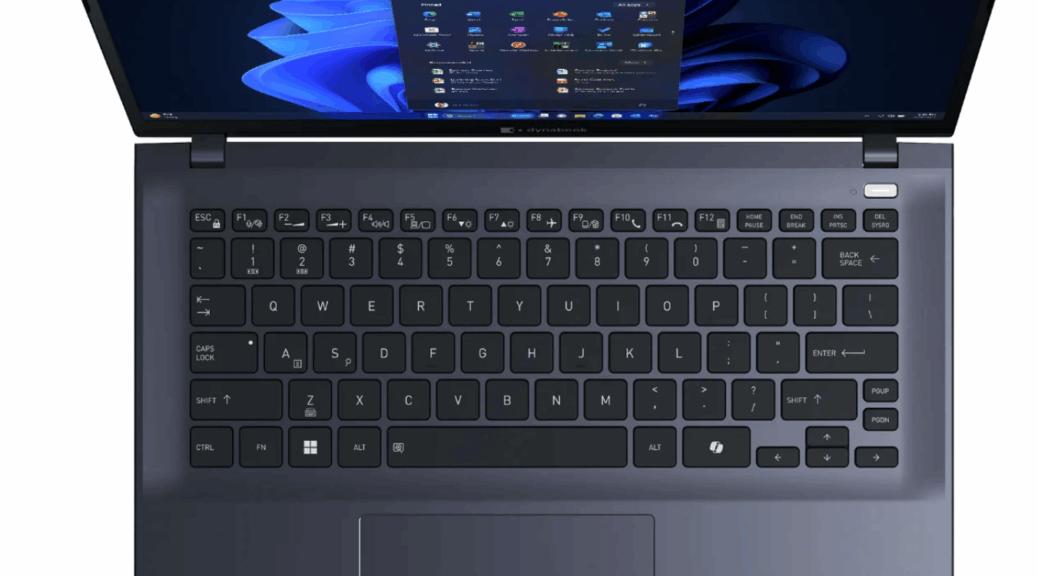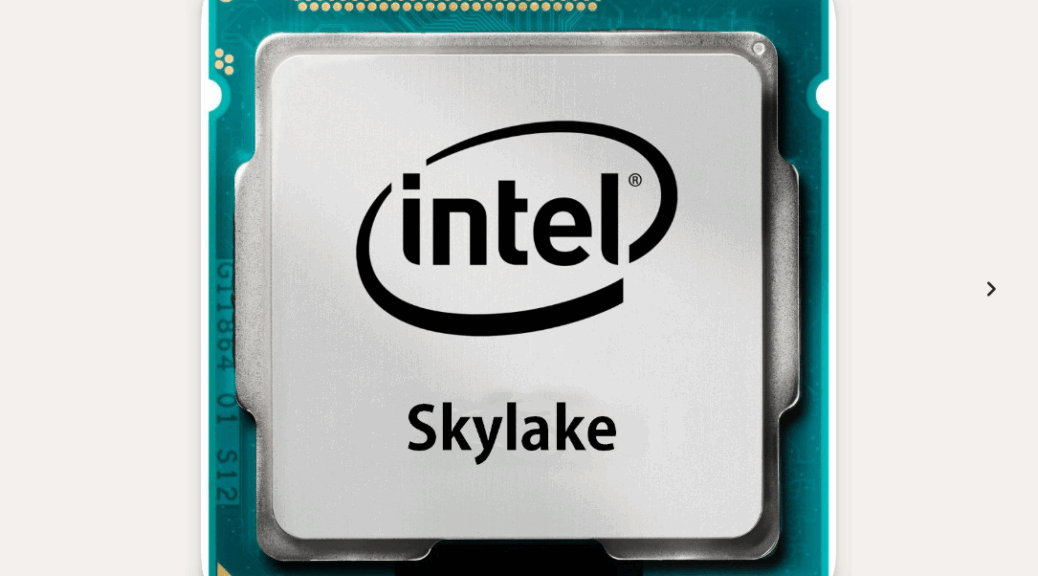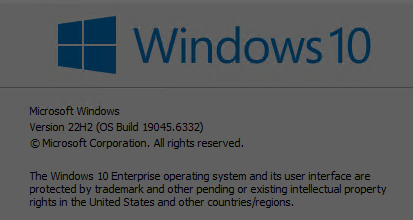Here’s something interesting I’ve never seen before. The other day, I was trying to update the recently re-awaked ThinkStation P3 Ultra. Among the many items in the queue, through Lenovo Vantage, was an Intel Wireless LAN Driver. Indeed the same driver also showed up in the Intel Driver and Support Assistant. Despite repeated efforts through both facilities, the driver update always failed. This morning, I observed traces of those failures in Reliability Monitor. This Wi-Fi Kernel dump error is neutrino-like in that it registers in Relimon, but doesn’t diminish the Reliability Index (see the lead-in graphic).
More on Why a Wi-Fi Kernel dump error is neutrino-like
The error code in the Relimon details cite to the following string:LKD_0x41A1_Netwtw08!unknown_function. Online research tells me two useful things about this info:
1. It’s tied to Intel’s wireless driver (confirms what I’d suspected)
2. the LKD stands for Live Kernel Dump, indicating that Windows detected a hardware-related fault serious enough to provoke a snapshot of the error, but that it did NOT crash the system
The lack of a crash explains why Relimon imposes no charge on its Reliability Index even though the event is labeled “Critical” of type “Hardware error.” Shoot! I didn’t even know this was possible. Very interesting!
What About that Wi-Fi Driver?
A quick peek into Device Manager showed me that the Wi-Fi 6E AX211 160MHz driver was throwing a “device cannot start (Code 10)” error. Because both Lenovo Vantage and Intel DSA weren’t fixing things, I decided to go clean and start over. I right-clicked the device in DevMgr, then selected Uninstall from the pop-up menu. After a reboot, I visited the Lenovo Downloads & Software page, entered the Serial# for the P3 Ultra, and grabbed the latest Wi-Fi driver package. After installation, DevMgr obligingly reports that “The device is working properly.” Problem solved!
I figure when two update tools both choke on a driver, it’s time to remove the offending software, download, and try again. Here in Windows-World, even drastic measures need the added protection of “fingers crossed.” Thus, I’m glad that strategy worked.
